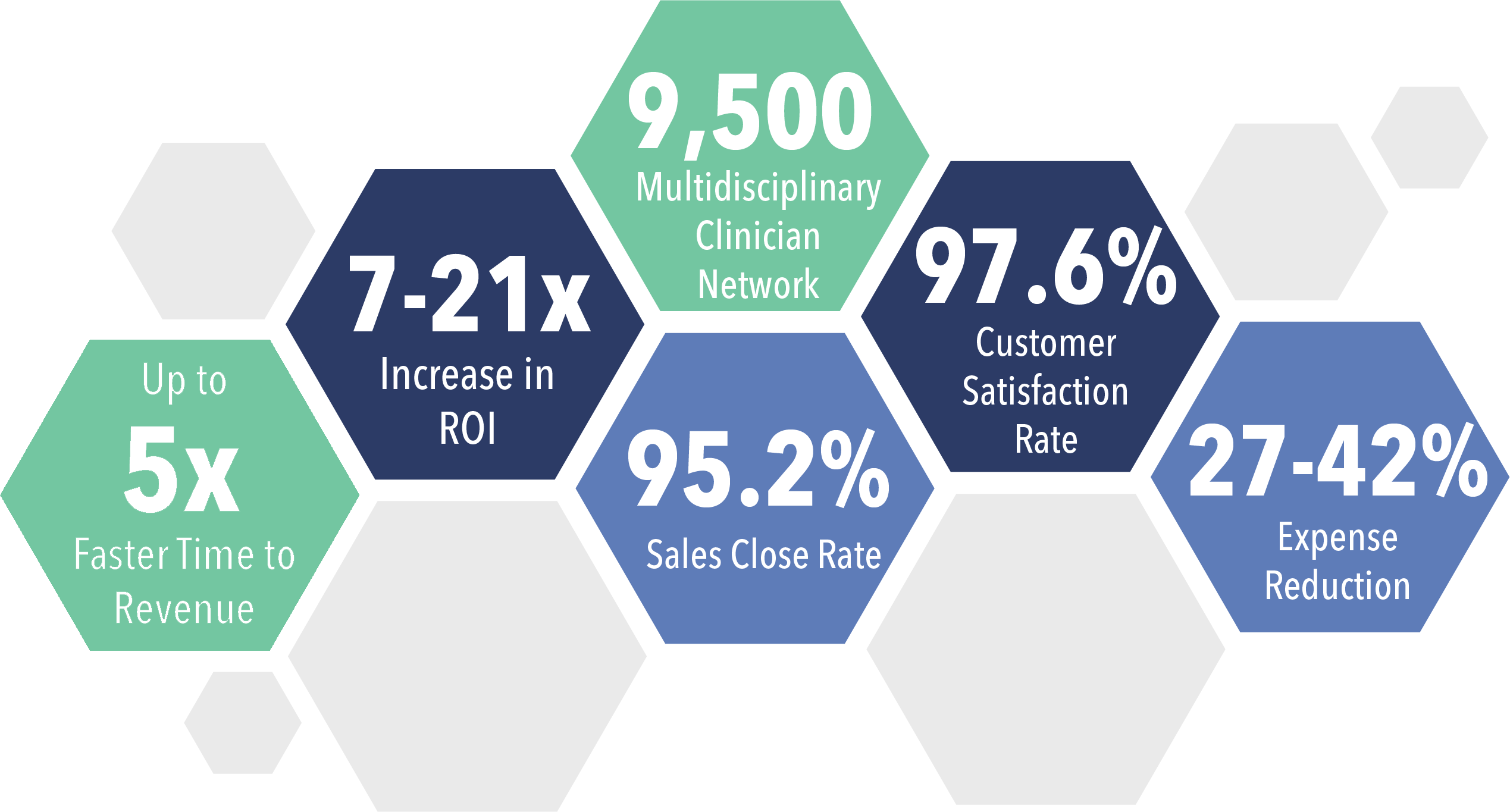Telehealth implementations designed to make patients happier and streamline tasks that otherwise cost money and staff time will inevitably repay your organization in the long run. Here’s how:
1. Happier patients are more engaged in life.
According to a survey by the COVID-19 Healthcare Coalition, almost 80% of patients who used procedural telemedicine during the pandemic reported feeling satisfied with their visits and felt that they had been provided with a “sense of access and continuity of care.”

This idea of continuity is important. Satisfied patients are more likely to stick around and engage in their own care long-term. They will be more likely to remain in your facility for additional in-patient services, which is where the majority of a facility’s revenue tends to originate.
2. Telehealth creates new avenues for care.
With revenue threatened and costs high, increasing the number of care avenues is often a wise move. Telehealth implementation can introduce new care avenues such as “hospital-at-home,” in which patients can receive acute care in their own home environment.
This at-home care model brings high patient satisfaction, low care cost (38% lower than an in-facility care model), and leads to more referrals and recommendations to other potential patients. What’s more, hospital-at-home leads to better patient outcomes. Acutely ill patients who have been treated at home have a 20% lower mortality rate.
Another cost-saving avenue from telehealth is post-acute care. For example, AMD’s telemedicine technology enables remote providers to treat patients in place at skilled nursing facilities, reducing readmission costs, transportation costs, and medicare penalties. Connected, integrated medical devices allow remote healthcare providers to treat patients as if they were there next to them in their facilities.